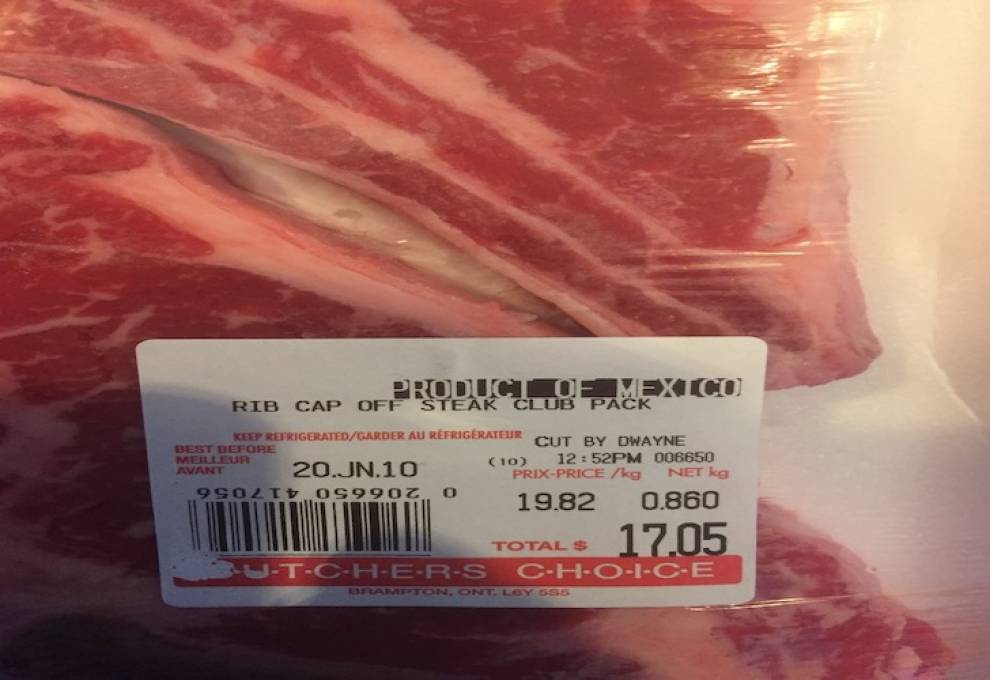
There are so many great stories to be told about the food industry. The recent challenges of COVID-19 have only added to the rich content available to producers and processors. It has been incredible how the entire industry has really stepped up to ensure there is food in the stores and on the table.
Often we are so busy doing it we forget to tell people about it. Often I also find it interesting when producers tell me they would rather just do it because that is what they do and there is no need to talk about it. It is admirable they want to focus on the job to be done but the story needs to be told. It can be done tastefully and it can be an opportunity to offer credit to everyone who makes it happen.
Start with the audience
Think about who is and/or should be buying your products in the store or the market. You need to tell your story to your target market. The language, the images and the tone need to resonate with these people. Many marketers will use a persona or an avatar as visual and descriptive summary of the target market. This helps them ‘talk to them’ effectively. Remember when you are defining your audience to consider a secondary audience, which are your customers. They will be watching so think about how they will receive the message. You develop and write the story for your target market but always remember your customers might be watching.
What are your objectives?
Every solid strategy needs objectives before you just start telling the world about your products and your business. If you want to get the attention of your customers remember to include selling products as an objective. From past experience on the retailer side of the desk, there is nothing more frustrating than a supplier talking about building a brand and awareness. You should do those things but when you talk to retailers tell them what you are doing to drive sales. The following is a list of objectives to get you started:
- Brand awareness
- Selling product
- Employee engagement
- Introduce a new product
- Increase usage with recipes
- Build demand in a market before you are there
- Get your product on the shopping list
There are others and do not underestimate #3. Employees are interested in what their employer is saying online.
There are lots of tactics to choose from
There are so many options for you to tell your story. Depending on your resources and budget, you can select a few or take advantage of them all. Every time you develop or work on each of these tactics, consider your target market and your objectives. It is a very crowded market with millions of messages. Your story needs to resonate and be easy to find for the people most likely to buy.
Your website is a very important, if not the most important tactic you have. More and more consumers are searching online for information. You must be easy to find, content must be easy to consume and tell them what they need to know early. Remember to make your website about consumers and customers, not about you and your product.
The following is a list of tactics to consider for telling your story:
- Website
- Social media
- Packaging
- Mass media
- Public relations
There are very few successful food and beverage products that are not using these tactics. With social media, there are many options. You need to determine where those consumers hang out online. You cannot be on them all and some are much more crowded than others.
What you should say
Every product and every business is different. However one thing in common is that consumers buy for benefits, not features. Focus your content and posts on how your product benefits them. It surprises me how many established food businesses miss this point. So much of the content they share is ‘about’ the product, not how it helps the end user. This is one great opportunity to separate your business from the crowd.
Share the glory with employees, customers and other individuals or companies that are integral to your success. Consumers want to know where their food comes from and this has increased in 2020. Help them understand how it is produced and by whom.
We know the origin of products has always been important. This is another product attribute that is more important in 2020. Consumers are more interested and they tell us they are changing their buying habits to support Canadian and then regional products.
In a time when food supply is challenged, consumers want to know more. Share the challenges and the victories. They understand agriculture is difficult but they do not know why. Remember to make it about them. If you are challenged to get the right labour, tell them the impact will be fewer products harvested at the peak or perhaps a higher price because the labour costs 20 per cent more. It is important to tell them what is happening but relate the outcome to what impacts them, not you.
There are a lot of businesses telling their story. The most effective resonate with the target market and appeal to the customers.
If you have any questions about telling your story please give me a call at (902) 489-2900 or send me an email at peter@skufood.com.
WHAT’S IN STORE?
Products we are not used to
We have all seen the bare shelves and empty refrigerated cases since the onset of COVID-19. Consumers need to understand shopping for food will not be what they are used to. Some categories have been impacted more than others.
The baking aisle continues to be full of holes on the shelf. In an aisle where suppliers would have paid significant listing fees, we are finding brands and packaging that we have not seen before. If it is a new item you can be assured they did not pay listing fees if they had product to sell.
In Canada we are not used to seeing Mexican beef in our grocery stores. In a category where there have been significant interruptions in supply, retailers are bringing in product from alternative sources.
Continuity of supply is a key ingredient to success as long as we are dealing with the issues of COVID-19.

Add new comment